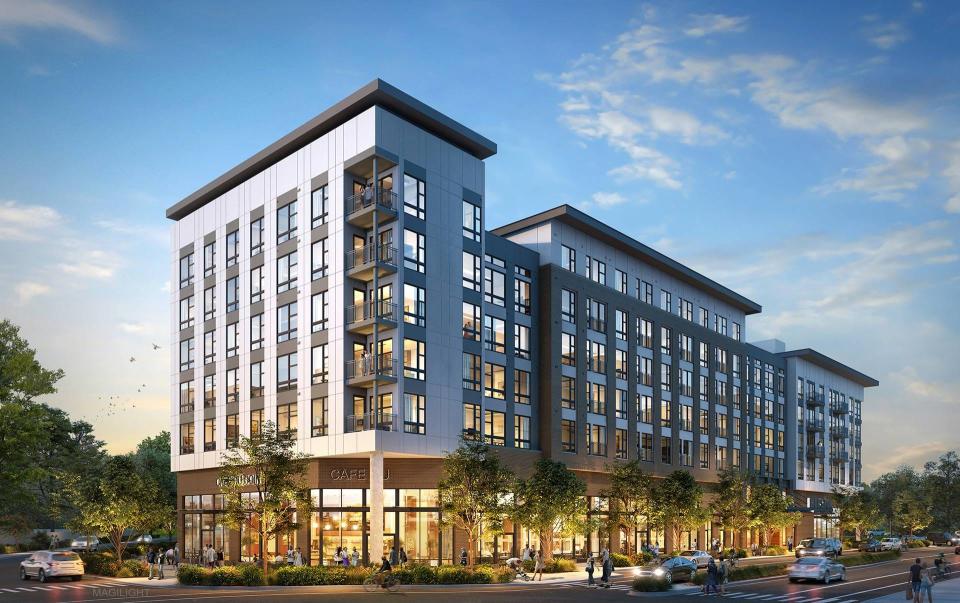Bill would create $50-million revolving fund to develop public housing
Legislation filed by Rep. June Speakman, D-Bristol, would establish a $50-million revolving fund to finance the development of mixed-income public housing.
"I’m convinced, from listening to the experts, that the market is not going to produce houses that cost $250,000 or apartments that cost $900 a month," said Speakman, chairwoman of the House of Representatives' commission to study low- and moderate-income housing. "I understand people are wary about the concept of public housing, but the market is not producing it, so we’re going to have to intervene."
Her bill, House Bill 6168, would allow Rhode Island's new Department of Housing to issue $50 million in bonds to establish a housing production revolving fund.
"Public developers," including public housing authorities and other public agencies, could then apply for that funding to finance real estate projects. The fund could also be used for debt service on housing bonds.
The approach, borrowed from Maryland: Public agencies hire builders to get the housing the state needs
The term "public developer" refers to an approach used in Montgomery County, Maryland, where a public agency takes the lead role in building new housing and owns it once the project is completed. (In Maryland, the construction work is still done by private contractors, and a third party typically handles building maintenance once the project is completed.)
A few years ago, Montgomery County invested $100 million in a self-sustaining revolving fund that is used for those projects. Speakman said her bill is closely modeled on that approach.
"The overall goal is to create a permanent, sustainable funding stream for housing production," she said. One major takeaway from the Low and Moderate Housing Commission's discussions, she said, was that the $250 million of American Rescue Plan Act funds that the state invested in affordable housing "will fund some construction, but not nearly enough to meet the housing needs of Rhode Islanders."
The public housing being built in Montgomery County is sometimes described as "social housing," meaning that it is not limited to low-income residents. (The goal is to avoid the segregation and stigmatization of affordable housing, and also to allow it to be subsidized by people who are paying market rates.)

What 'mixed-income' housing means
Speakman's bill takes a similar approach: 20% of the units in each development would need to be reserved as affordable housing for households earning 50% or less of the area median income. An additional 10% would need to be affordable for households earning 80% or less of the area median income.
House Speaker K. Joseph Shekarchi, who has described the Montgomery County model as "an ‘out of the box’ idea that I believe needs to be pursued further in Rhode Island," is a co-sponsor of the bill.
Also backing the legislation is the progressive group Reclaim Rhode Island, which has been pushing the state to adopt the "public developer" model to get affordable housing built.
"This bill introduced by Rep. Speakman would make history by making Rhode Island the first state in the country with a statewide public developer of housing," said organizing director Miguel Martínez Youngs. "The magnitude of the current housing crisis requires big and innovative solutions: private developers alone cannot build their way out of this supply shortage, and the public sector must take on a lead role."
This article originally appeared on The Providence Journal: Will the public sector have to build the housing RI needs?

